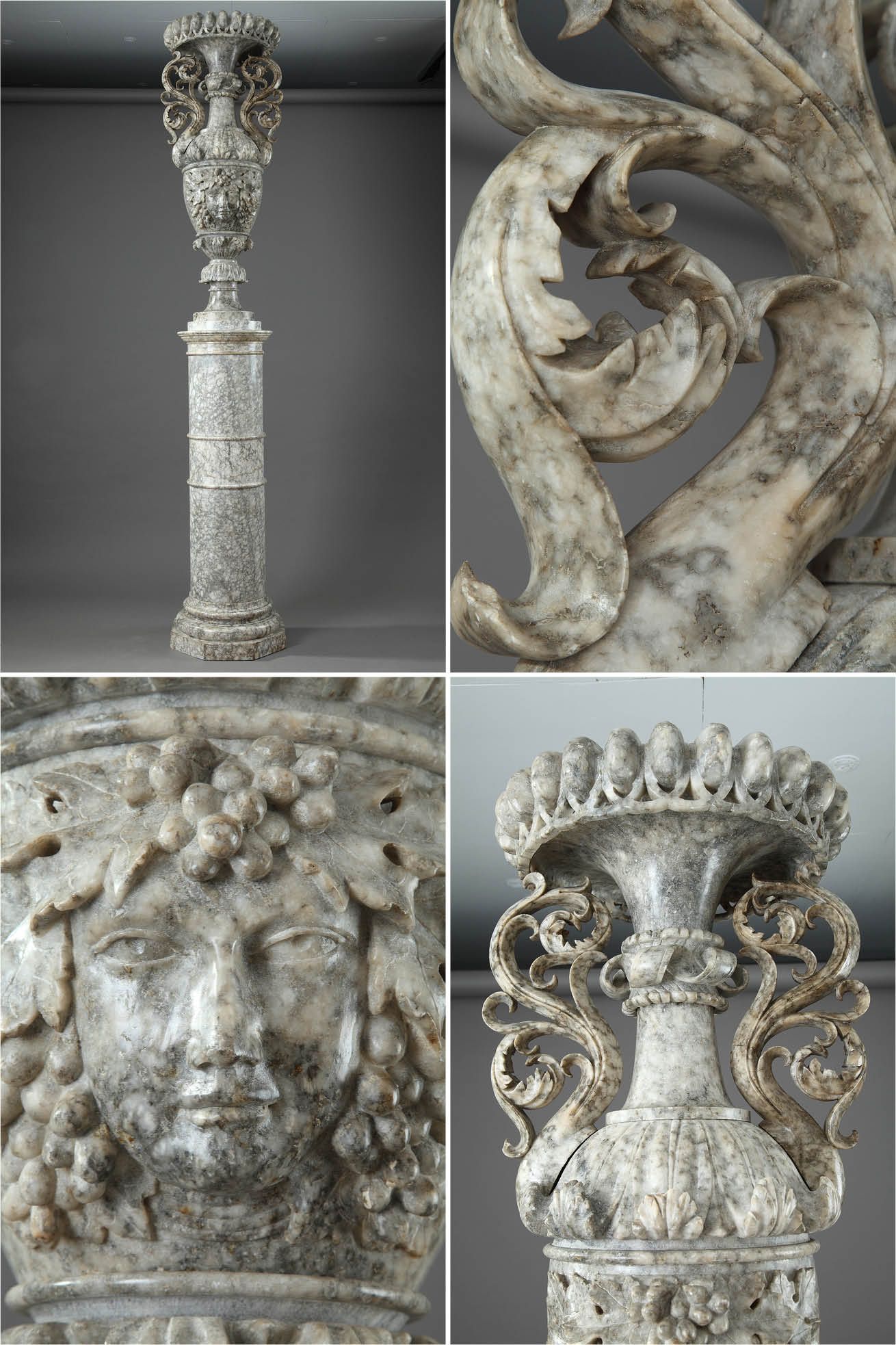The Louis-Philippe style (1830-1848)
26.04.14
Beginning at the end of the Restoration (1830), the reign of Louis-Philippe continued until the Revolution of 1848, when Parisian uprisings forced him to abdicate and go into exile. The new sovereign did not seek to promote a courtly aesthetic, and artisans forged a style suited to the rising new social class, the bourgeoisie.
Decorative sheath from the Louis-Philippe period
Louis-Philippe furniture evokes a bourgeois comfort where all the influences that emerged since the Restoration are blended: the Neo-Gothic taste, the Neo-Renaissance, and the Louis XV style . But despite everything, this style finds a certain unity in carefully crafted, solid, comfortable, and functional furniture sets.
The Louis-Philippe style is known for its restrained and robust character. While the Charles X style is characterized by straight lines, sharp edges, and chamfered corners, Louis-Philippe furniture, simple and sturdy, features rounded profiles. Manufactured industrially, the furniture was assembled in small batches and distributed through large, specialized stores.
The furniture
The Louis-Philippe style is a continuation of the Restoration style, retaining its structure but without its refined elegance. Forms become heavier, ornamentation more stereotypical, and inspiration draws its themes from the Middle Ages and then, towards the end of the reign, from the Renaissance. The taste for pastiche foreshadows the Second Empire (1852-1870).
Renaissance-style vases from the Louis Philippe period
More elaborate ornamentation can be found on some furniture that retains fashionable forms: furniture with light wood inlays on a dark background, blackened furniture decorated with bouquets of natural flowers and enhanced with mother-of-pearl, and finally, furniture of medieval inspiration.
Light woods, which were in favour during the Restoration, were abandoned in favour of dark tones of mahogany, oak and walnut.
The ornamental repertoire is minimalist. Applied bronzes and marquetry, which increase the cost of furniture, are rare and always inspired by motifs from previous styles: palmettes, acanthus leaves, shells, stars or Louis XV style branches.
Brass or copper plates may adorn the keyhole escutcheons of drawers. Inlays are quite rare; they are either mother-of-pearl on dark wood furniture to enhance the brilliance of painted bouquets, or light wood stringing on mahogany.
Liquor cabinet that belonged to Louis Philippe, made of rosewood
The molding is almost non-existent. The panels are flat and without moldings. The straight, smooth uprights are unadorned, and their corners are softened.
The ornamentation is sparse. Lightly carved fillets highlight the scrolls and crockets. Broad-petaled leaves and palmettes are carved on the armrests and table legs. The "frog's leg" motif is very distinctive; it is found on the legs of furniture and chairs.
 Pair of 7-light candelabra from the Louis Philippe period
Pair of 7-light candelabra from the Louis Philippe period
The lighting fixtures, vases, boxes and silverware retain the decorative motifs of the previous era, which nevertheless lose some of their finesse and lightness: garlands, wreaths and bouquets of flowers, Gothic motifs, the palmette and the cornucopia are all found there.
The socio-economic change brought about by the Revolution of 1830 and the progress of industrialization had repercussions on glass production in France.
Rare hues like turquoise, dove-breast pink, and white opal crystal with violet reflections are disappearing. Opaline is gradually becoming opaque. It is losing its French characteristics and increasingly imitating Bohemian crystals. Between 1830 and 1840, Bohemian glassmakers developed fixed, rather harsh tones: candy pink, sky blue and ultramarine, pronounced leaf greens, and bright, acidic yellows.
Pair of Louis-Philippe vases
The surfaces are highlighted with gold, adorned with foliage, wreaths, or bouquets of flowers, very fashionable in the 1840s. The so-called "pineapple" decoration in white opaline glass, resembling rice paste, is particularly prized and sought after. It can be found on numerous sugar bowls, candy dishes, jam pots, and sugar bowls made by manufacturers of the time, including Baccarat and Saint-Louis.





